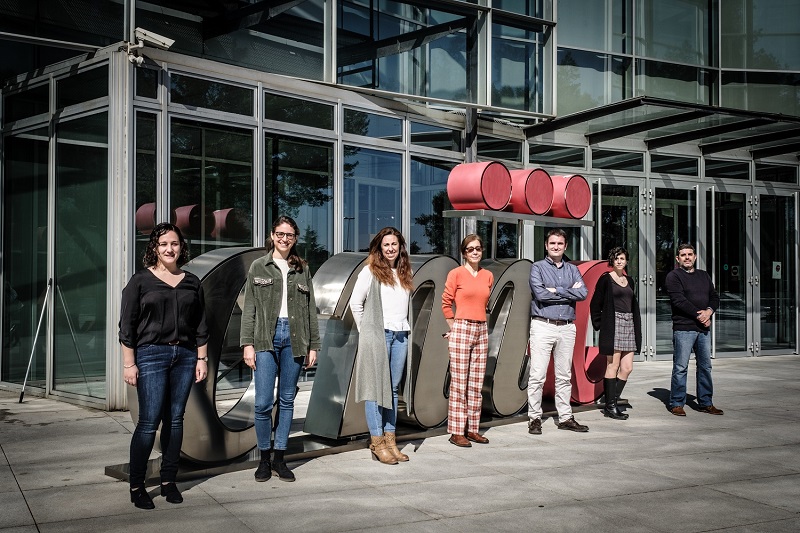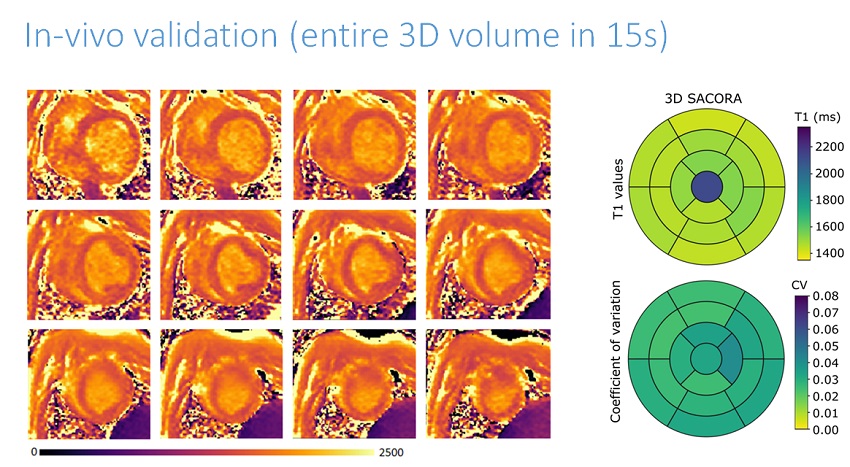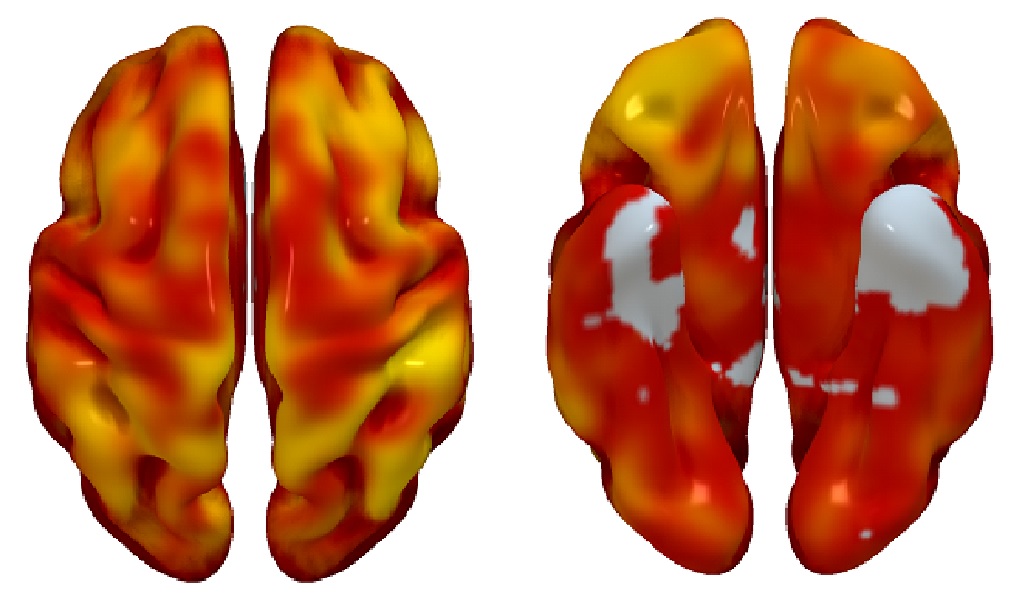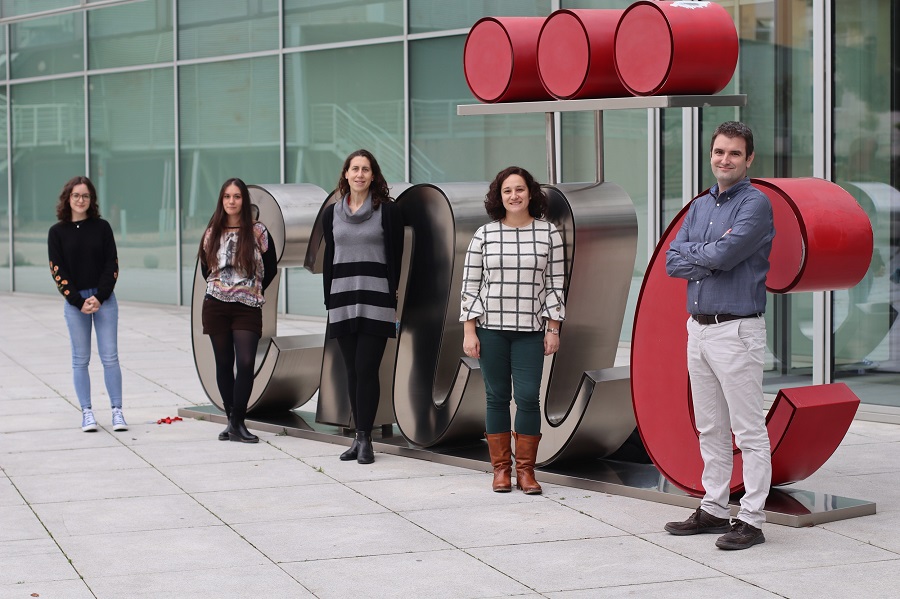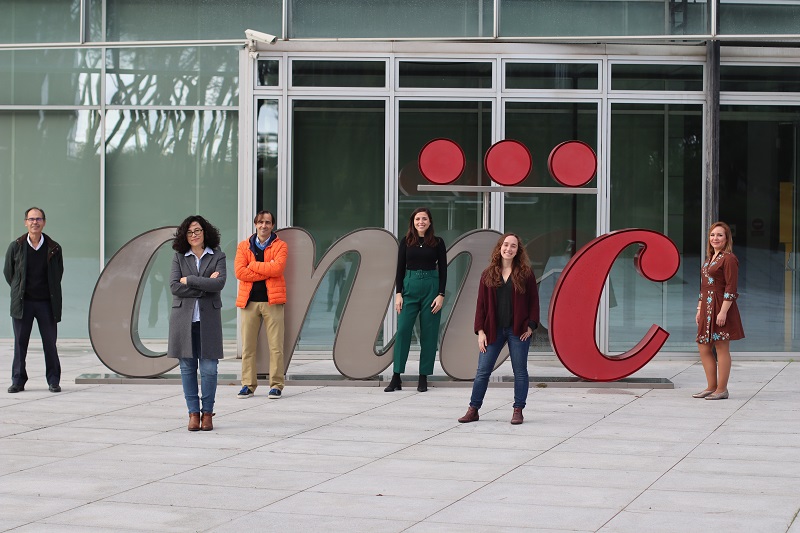News search
|
About the CNIC 13 Apr 2021 The new insight supports the need to keep both LDL cholesterol and blood pressure low throughout life by healthy diet choices, weight control, exercise, and, when needed, by drug therapy |
|
Research 5 Apr 2021 The study, carried out at the Centro Nacional de Investigaciones Cardiovasculares (CNIC) and the Hospital Universitario Virgen de Arrixaca in Murcia, establishes clonal hematopoiesis as a new cardiovascular risk factor and an important link between aging and cardiovascular disease |
|
About the CNIC 22 Mar 2021 The development of this 3D T1 mapping technique, called "SACORA", comes as part of the ongoing collaboration between CNIC and Philips |
|
About the CNIC 25 Feb 2021 Dr Valentín Fuster, Director of the Spanish National Centre for Cardiovascular Research (CNIC) is to receive the Gold Medal of the Association of Cardiovascular Imaging of the Spanish Society of Cardiology (SEC) for his original and innovative scientific activity in cardiovascular imaging to reach new frontiers in cardiovascular health of the heart and brain. |
|
Research 15 Feb 2021 Among the modifiable cardiovascular risk factors showing a close association with reduced brain metabolism, the research team found that the most important is hypertension |
|
Research 3 Feb 2021 Researchers at the CNIC have discovered that dendritic cells, which initiate specific immune responses, can reprogram their genes to improve their immune response |
|
About the CNIC 23 Dec 2020 The project will investigate the role of clonal hematopoiesis—the formation of mutated hematopoietic stem-cell clones promoted by anti-cancer therapies—in the development of atherosclerosis and associated cardiovascular disease |
|
About the CNIC 10 Dec 2020 'ProtMechanics-Live' is based on unique expertise in protein mechanics and engineering, biophysics, biochemistry and cardiovascular biology and will allow to investigate protein mechanics for the first time in its functionally relevant physiological context |
|
About the CNIC 10 Dec 2020 AngioUnrestUHD, will develop and apply new research tools and methods to advance knowledge about the biology of blood vessels in distinct physiological and pathological contexts |
|
Research 2 Dec 2020 Un estudio que se publica en Nature muestra a la proteína mitocondrial ALDH4A1 como un nuevo autoantígeno implicado en los procesos de la aterosclerosis |
- ‹ previous
- 16 of 27
- next ›

